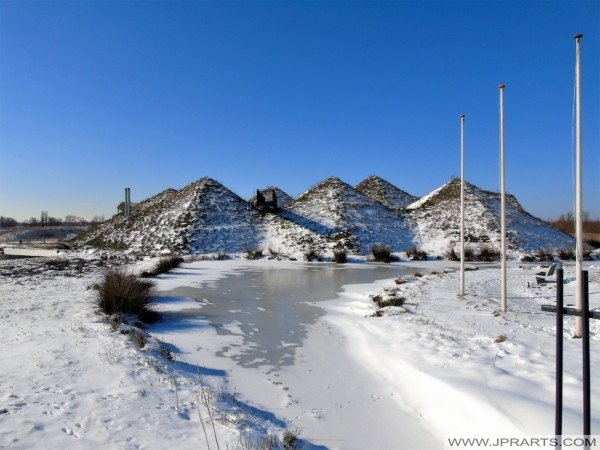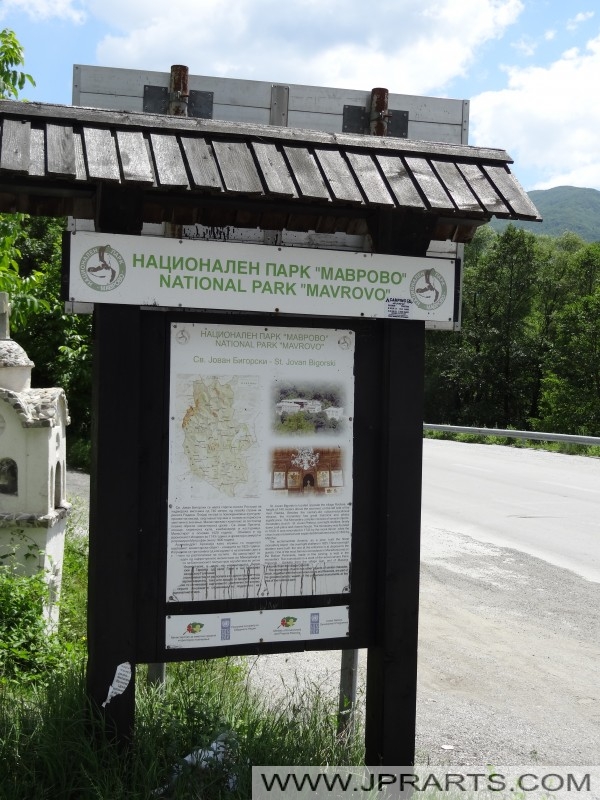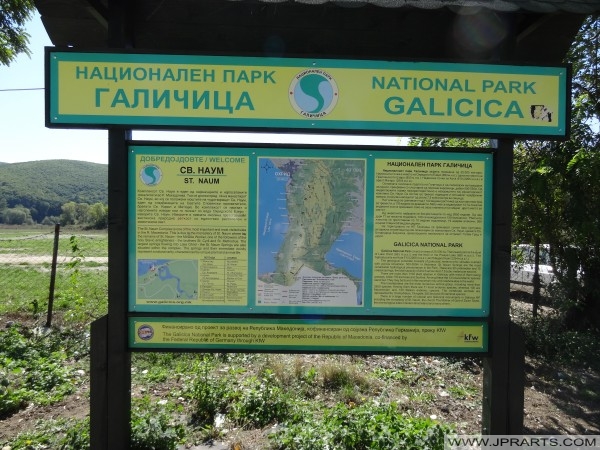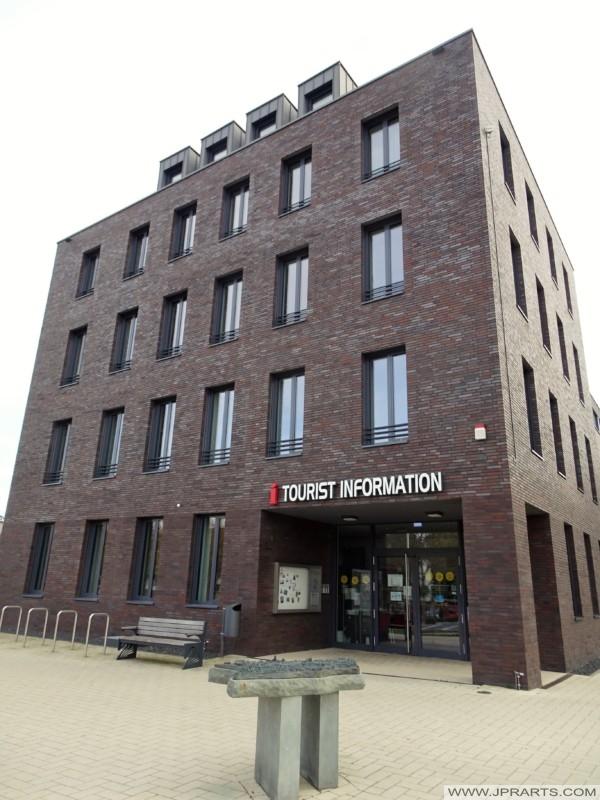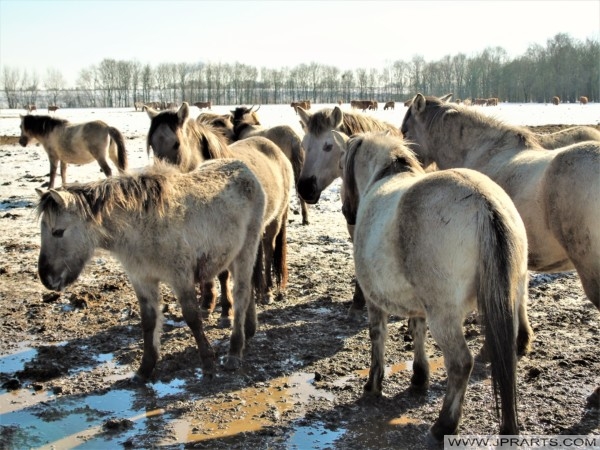A national park is a park in use for conservation purposes, created and protected by national governments. Often it is a reserve of natural, semi-natural, or developed land that a sovereign state declares or owns. Although individual nations designate their own national parks differently, there is a common idea: the conservation of ‘wild nature’ for posterity and as a symbol of national pride. National parks are almost always open to visitors.
National Parks
Parques Nacionales
Nationalparks
An international organization, the International Union for Conservation of Nature (IUCN), and its World Commission on Protected Areas (WCPA), has defined “National Park” as its Category II type of protected areas. According to the IUCN, 6,555 national parks worldwide met its criteria in 2006. IUCN is still discussing the parameters of defining a national park. While this type of national park had been proposed previously, the United States established the first “public park or pleasuring-ground for the benefit and enjoyment of the people”, Yellowstone National Park, in 1872. Although Yellowstone was not officially termed a “national park” in its establishing law, it was always termed such in practice and is widely held to be the first and oldest national park in the world. However, the Tobago Main Ridge Forest Reserve (established in 1776), and the area surrounding Bogd Khan Uul Mountain in Mongolia (1778) are seen as the oldest legally protected areas, predating Yellowstone by nearly a century.
国家公园
Parcs Nationaux
Национальные парки
In 1969, the IUCN declared a national park to be a relatively large area with the following defining characteristics:
- One or several ecosystems not materially altered by human exploitation and occupation, where plant and animal species, geomorphological sites and habitats are of special scientific, educational, and recreational interest or which contain a natural landscape of great beauty;
- Highest competent authority of the country has taken steps to prevent or eliminate exploitation or occupation as soon as possible in the whole area and to effectively enforce the respect of ecological, geomorphological, or aesthetic features which have led to its establishment; and
- Visitors are allowed to enter, under special conditions, for inspirational, educative, cultural, and recreative purposes.
In 1971, these criteria were further expanded upon leading to more clear and defined benchmarks to evaluate a national park. These include:
- Minimum size of 1,000 hectares within zones in which protection of nature takes precedence
- Statutory legal protection
- Budget and staff sufficient to provide sufficient effective protection
- Prohibition of exploitation of natural resources (including the development of dams) qualified by such activities as sport, hunting, fishing, the need for management, facilities, etc.
Ulusal Parklar
Tourism to national parks has increased considerably over time. In Costa Rica for example, a megadiverse country, tourism to parks has increased by 400% from 1985 to 1999. The term national park is perceived as a brand name that is associated with nature-based tourism and it symbolizes a “high quality natural environment with a well-designed tourist infrastructure”.
राष्ट्रीय उद्यान
Parchi Nazionali
المتنزهات الوطنية
Visit Cheap Shopping for Books, Blu-rays & DVDs
Click Here for More Stock Photos and Videos

